Microsoft expands the FAT32 file system from 32GB to 2TB in Windows 11
The new system was spotted in the last Canary build.
3 min. read
Published on
Read our disclosure page to find out how can you help Windows Report sustain the editorial team. Read more
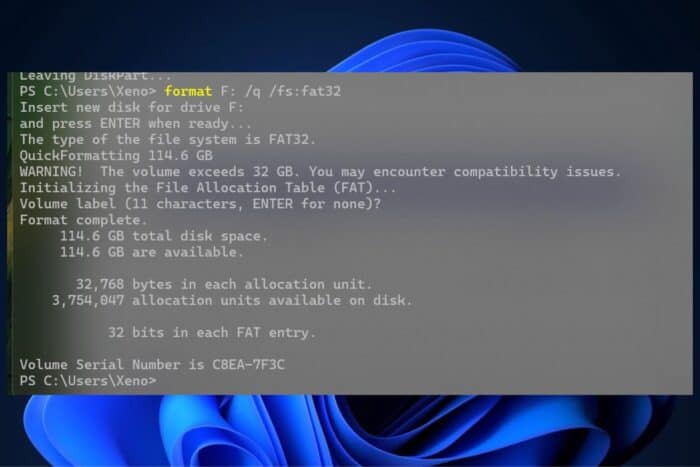
Microsoft’s latest build to the Canary Channel is full of exciting and valuable capabilities; some standout features have caught the attention of Windows 11 enthusiasts and tech lovers alike. Firstly, Microsoft is introducing a new Sandbox Client preview for those on the Windows 11 Canary Channel, offering a sandboxed environment for testing and development without risking the central system.
Then, there is also the automatic switching of HDR settings, significantly reducing the time spent manually enabling them.
However, perhaps even more intriguing is the announcement that Microsoft plans to significantly expand the FAT32 file system limit from 32GB to a whopping 2TB in Windows 11. Spotted by tech enthusiast @xenopanther, this change is a big deal because, let’s face it, in an era where digital content is king, having the flexibility to manage larger partitions without jumping through hoops is a welcome improvement.
You might wonder, “Why does this matter to me?”. Well, imagine you’re trying to format a large external hard drive or USB stick to store your massive collection of photos, videos, or backup files. Until now, you have been stuck with a 32GB limit unless you opt for other file systems like NTFS or exFAT, which, while helpful, don’t have the same compatibility with older devices.
With this update, Microsoft is essentially removing this barrier, allowing larger FAT32 partitions in Windows 11 to enable a more comprehensive range of devices to read more universally.
But here’s the kicker: as of this build, the change is only accessible via the command line. Yes, you heard that right. For the non-tech-savvy among us, you’d need to dive into some code to take advantage of this new limit. However, Microsoft hints at the possibility of bringing this feature to the GUI-based Format dialogue box in the future, making it much easier for everyone to use.
Another noteworthy update in the same build is the support for ReFS (Resilient File System) version 3.15. For those not in the know, ReFS is designed to maximize data availability, efficiently manage large volumes of data, and resist corruption. It’s a file system that’s been slowly integrating into Windows, and this update signifies another step forward in its development.
These updates are part of Microsoft’s continuous effort to enhance Windows 11, making it more robust and user-friendly. While introducing a new Sandbox Client preview is exciting for developers and tech enthusiasts, the increase in the FAT32 limit could benefit a much wider audience by simplifying data management and storage solutions.
Photo credits: XenoPanther, PhantomofEarth


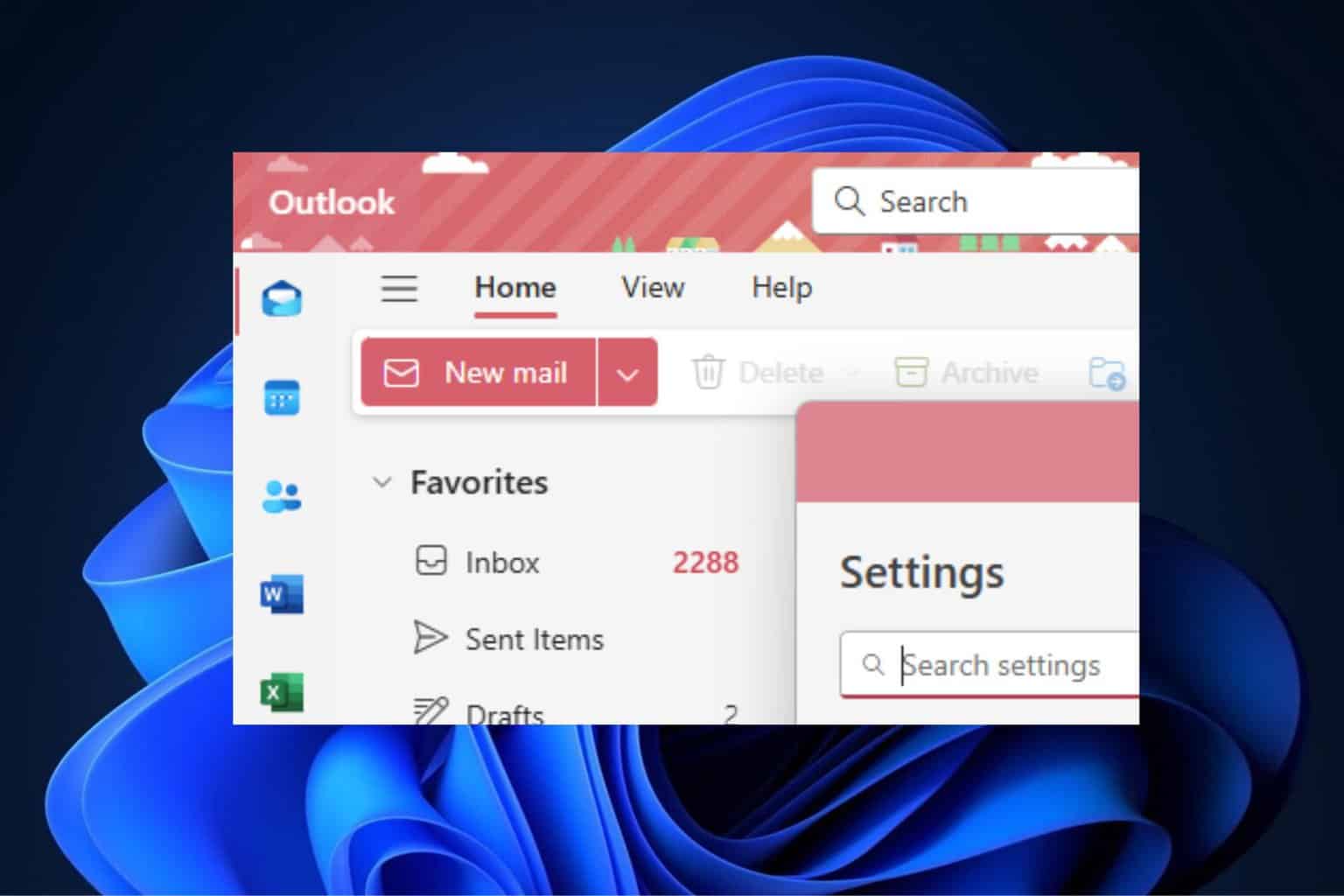
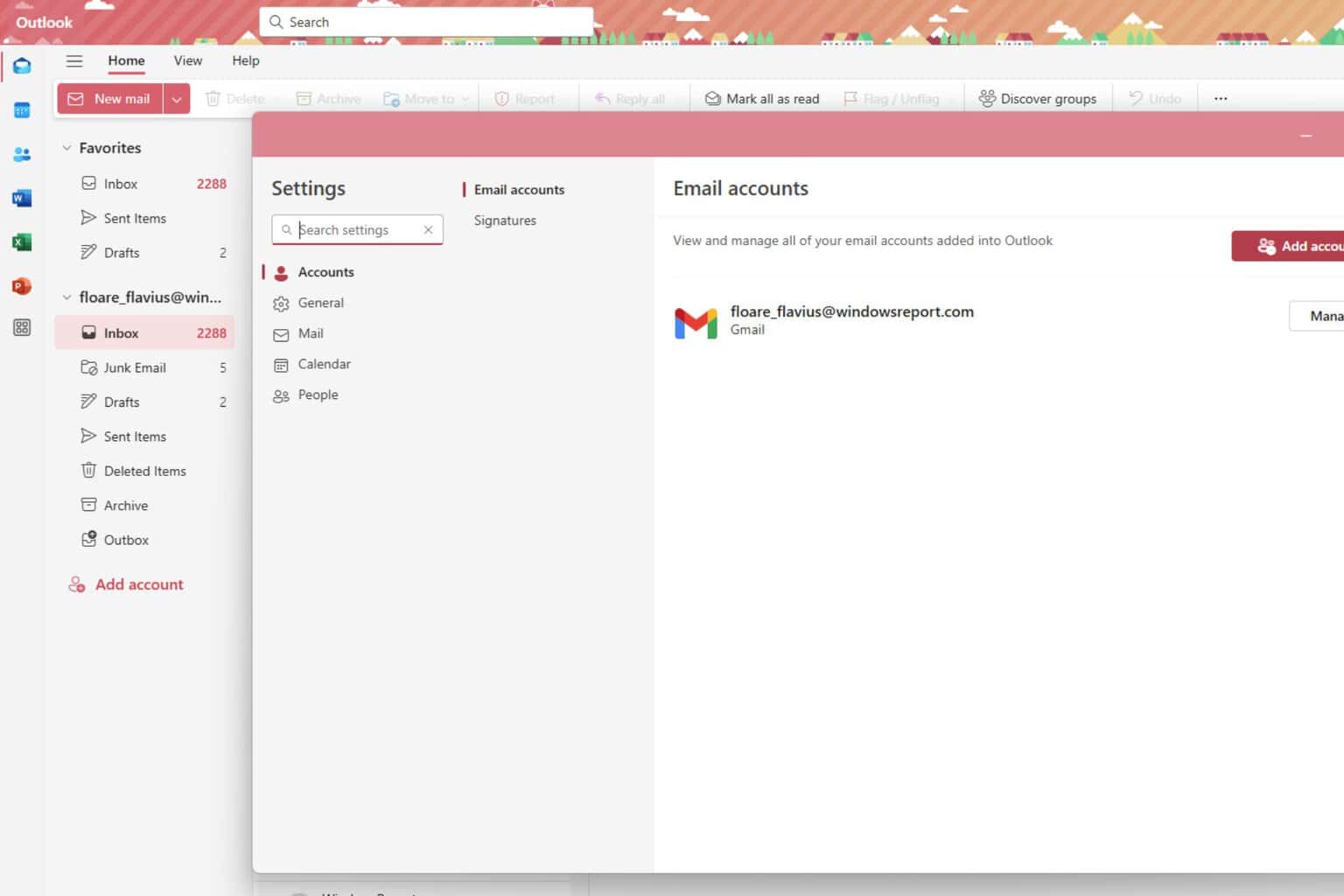
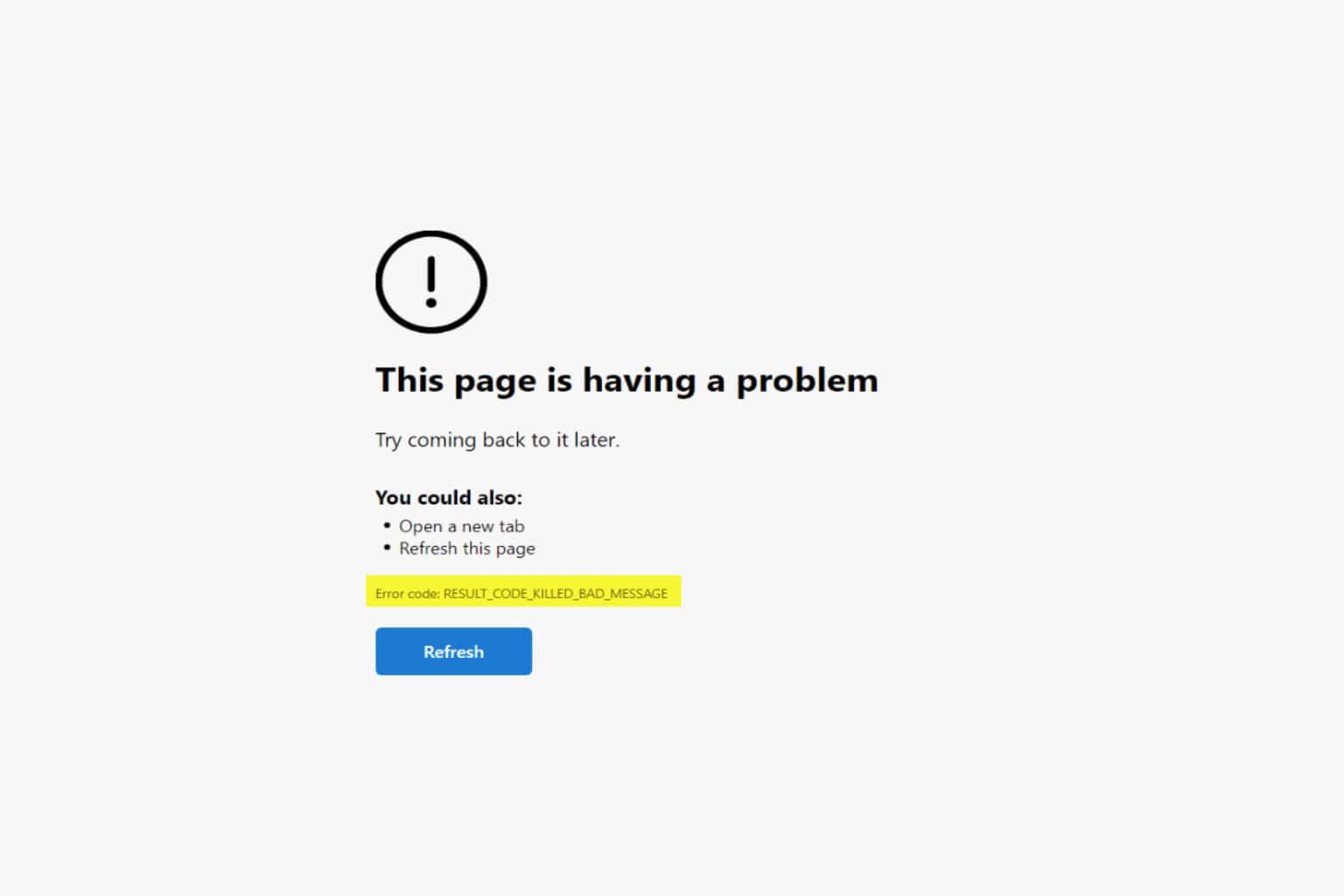
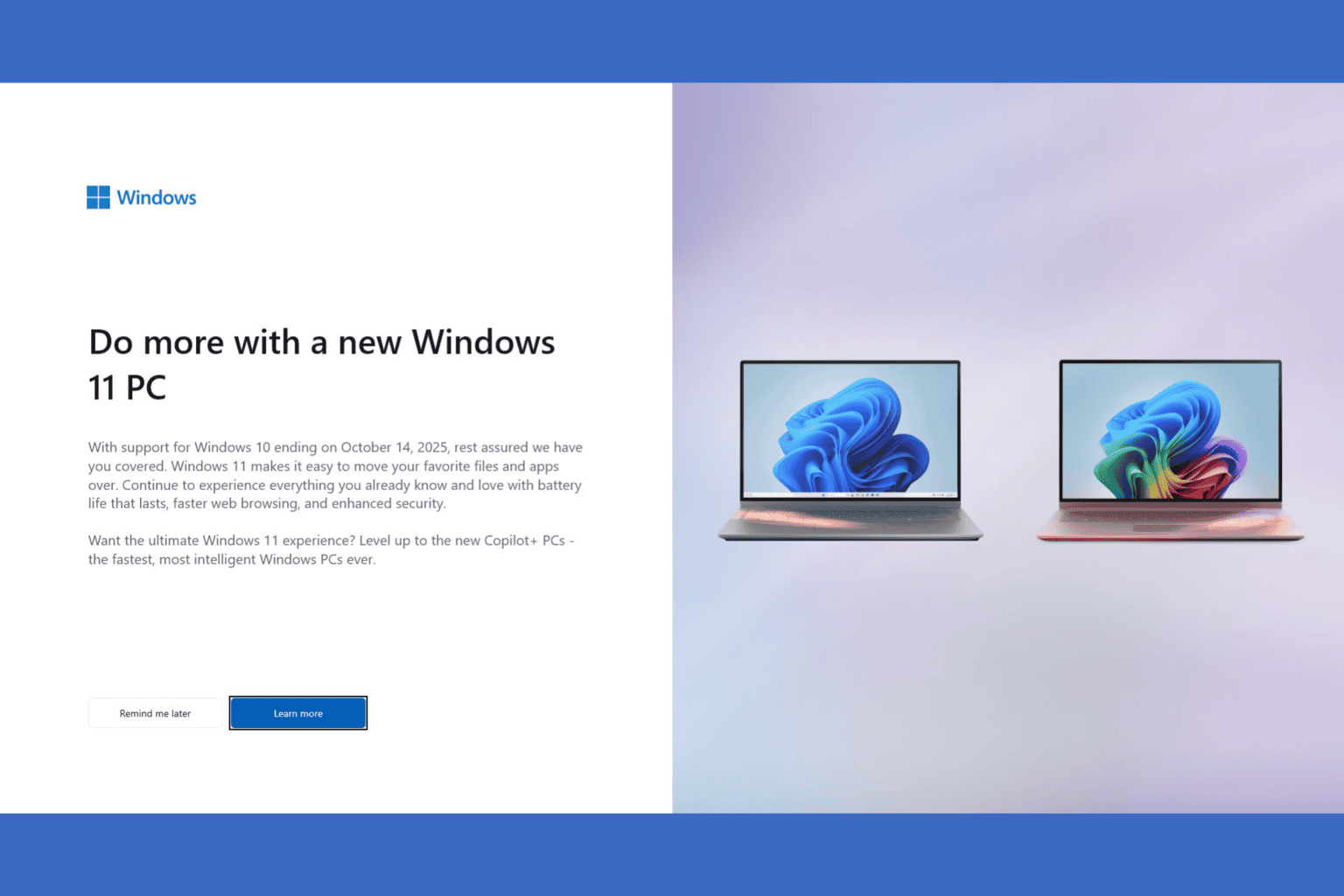
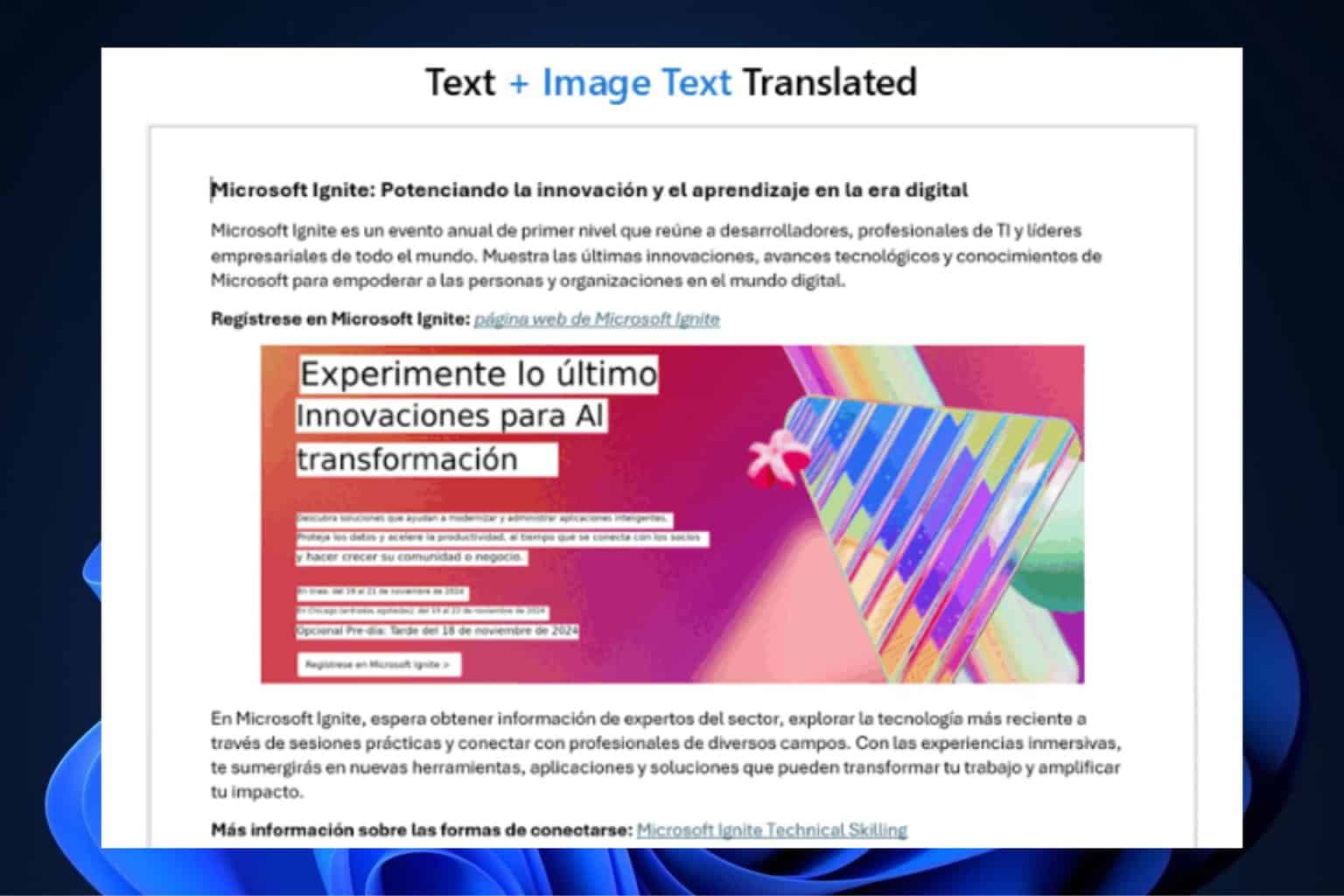

User forum
0 messages